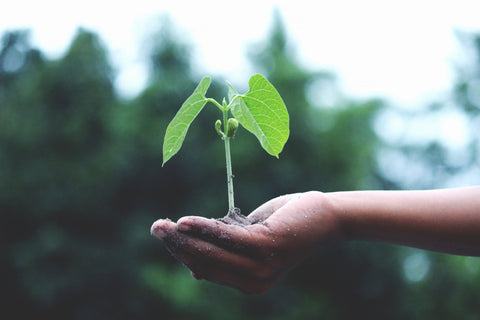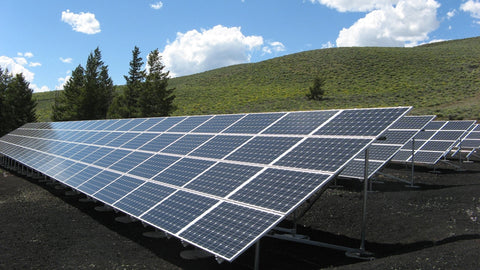
Frank Llyod Wright once quoted, "Study nature, love nature, stay close to nature. It will never fail you."
With the growth of the fashion industry, cotton came to the forefront as one of the most popular fabrics. However, not much is known about cotton or its types or its impact on the environment.
Cotton has a fantastic market, and everyone is sold on that. In fact, cotton accounts for half of all fiber needs around the globe. But, most of the consumers are unaware of the extremely harmful impact it has on the environment or mankind.
Cotton can be conventionally categorized into two types- organic and conventional. While the former is up and developing, the latter has the market captivated.
Conventional cotton (or the one which is most commonly used) breeds toxic and chemicals. The immense demand for cotton has influenced many to take resort of chemicals for faster growth. Conventional cotton products are laden with chemicals. This is where organic cotton comes to the play.
Also Read: Our Story
Completely natural and free of harmful chemicals, organic cotton is the safest alternative available in the market. But what makes organic cotton better, when the demand for the conventional version is yay high?
Well, let's take a look at the most common differences between organic and conventional cotton to understand the concept better. Oh, and also become more mindful of your fashion choices.

The damages caused by conventional cotton is too massive and irreversible. From soil to water, environment to humans, the severe impact can be felt everywhere, by everyone.
Recommended Reading: Why Sustainable Fashion Matters?
We need to ethically reorient our ways of approaching the resources that remain on this planet. Switching to organic cotton may not be as productive and profitable as conventional cotton, but it certainly does make a better impact in the long run.
Organic cotton is an emerging improvement, which can bring sustainable and regenerative methods into cotton farming.
Being the top consumers in the food chain, we need to be more responsible when making fashion choices. It is time to be thoughtful, responsible, and sustainable.






